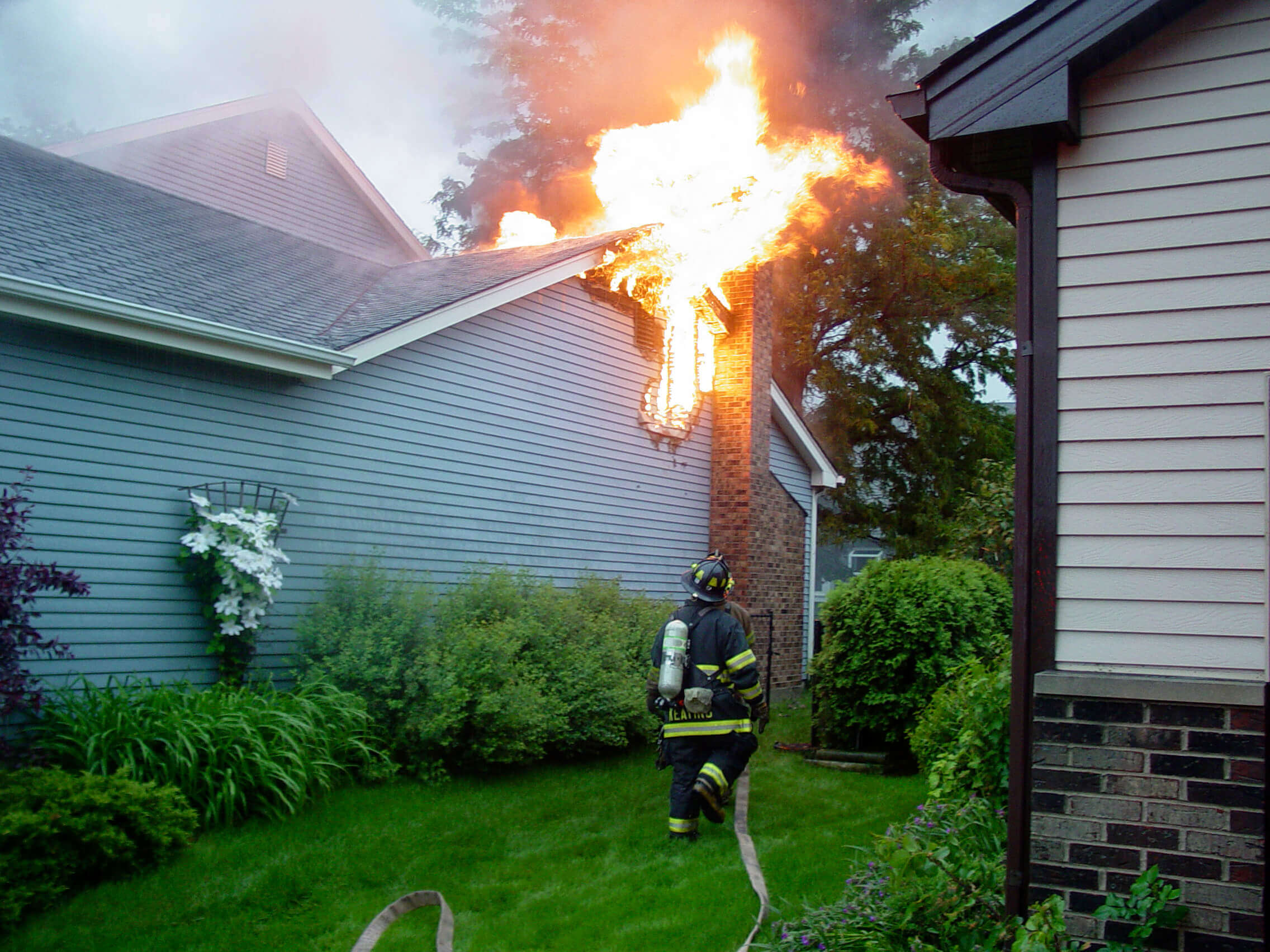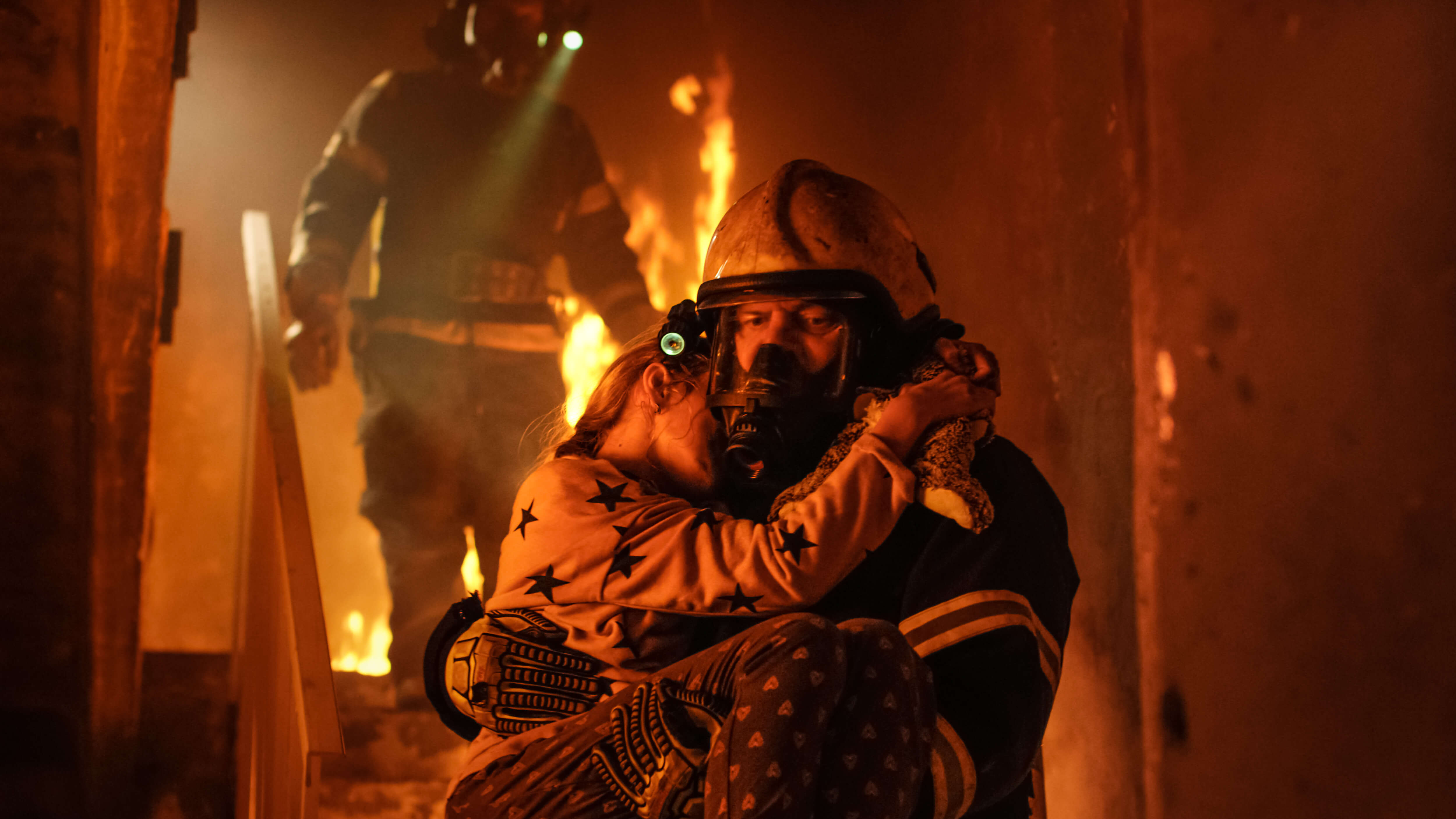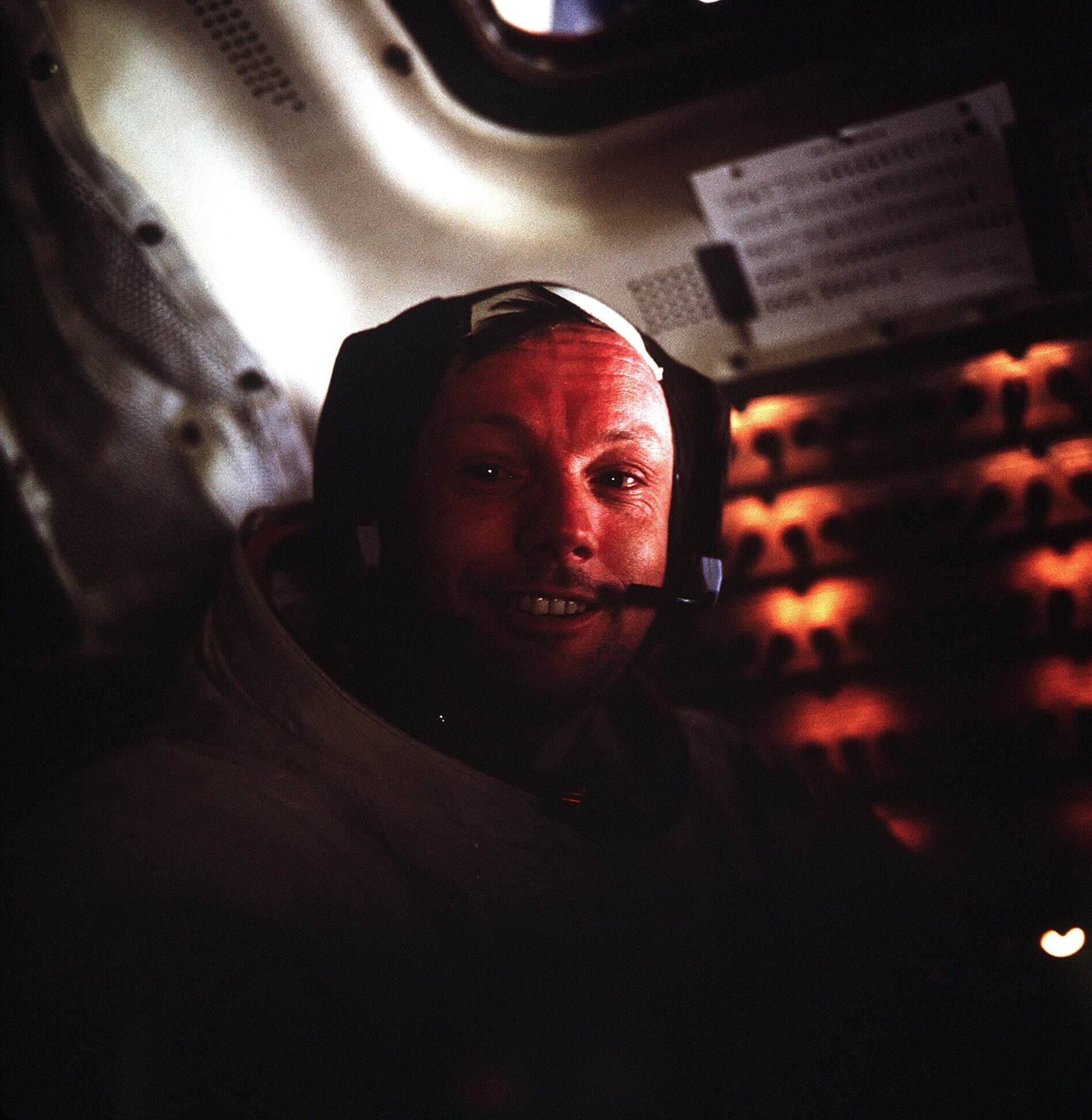



Life-support technology developed for space missions is used by manufacturers of the systems firefighters and hazardous material crews rely on. Today’s breathing equipment is lighter, smaller and higher in capacity, which allows firefighters to perform longer and move more freely in tighter spaces. And rugged, short-range, two-way radios provide more efficient communication during fires and rescues.
To visit the moon, NASA needed to send astronauts with all the air they needed to breathe during the long week-plus trip. Following the Apollo Program, NASA looked for ways to apply the life support technologies it developed to challenges faced on Earth. Among the first to benefit were firefighters, whose breathing systems were at the time cumbersome and heavy.
Learn more about how NASA helped develop technology that impacts radio and breathing systems within your city's public safety environment!